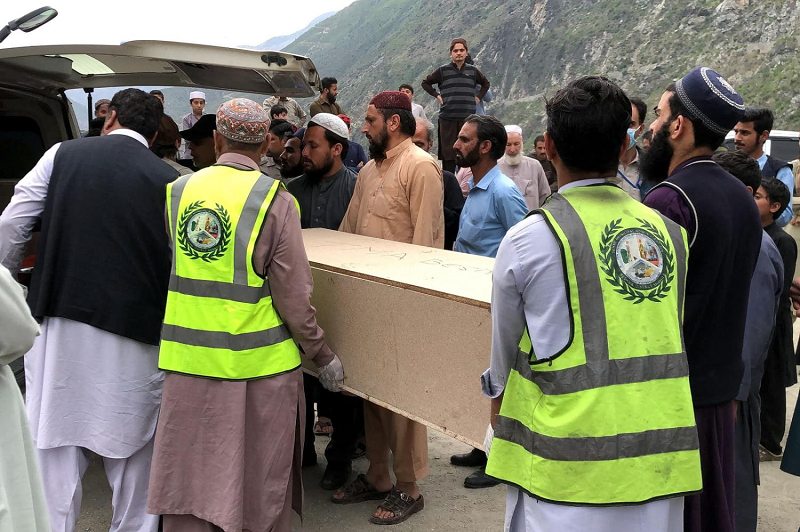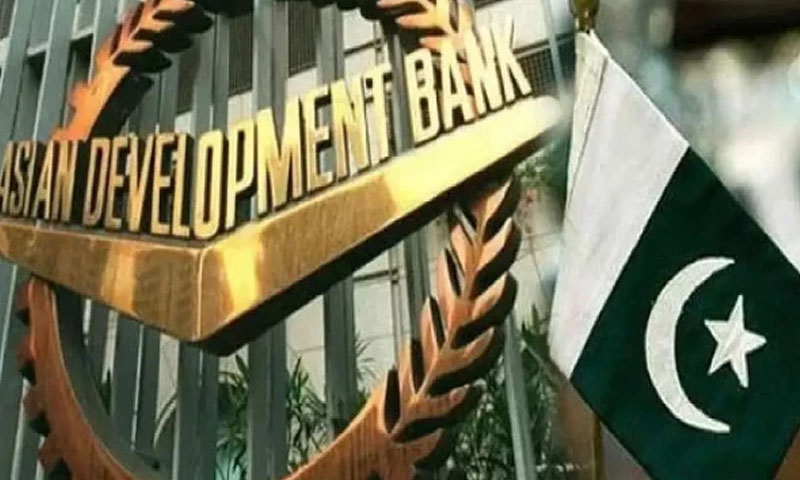- Web Desk
- 8 Hours ago
India’s RAW linked to rising terrorism in Balochistan
-
- Web Desk
- May 06, 2025

ISLAMABAD: Recent intelligence reports indicate a significant escalation in terrorist activities in Balochistan province, reportedly orchestrated by India’s intelligence agency, Research and Analysis Wing (RAW).
Sources claim that RAW has activated various proxies in Balochistan, including the banned militant outfit Balochistan Liberation Army (BLA), and other terrorist groups, to destabilise the resource-rich region.
Read more: UN Security Council meeting addresses Indian threats towards Pakistan
Intelligence sources suggest that RAW has specifically targeted key cities – Gwadar, Quetta and Khuzdar, instructing local militant groups and illegal Afghan operatives to execute terrorist attacks.
Reports indicate that RAW has facilitated the movement of terrorists from Afghanistan into Balochistan for operational purposes. Some of these operatives are reportedly suicide bombers, who have conducted reconnaissance in the targeted areas, preparing for potential attacks using vehicles or motorcycles.
The intelligence community in Pakistan asserts that law enforcement agencies are actively working to thwart these planned ‘attacks’, which are believed to be part of a broader strategy to instigate unrest in Pakistan.
A timeline of terrorist incidents in Balochistan in 2023 alone highlights the region’s volatility. Notable incidents include the killing of two soldiers in a terrorist attack on a border checkpost in the Kech district on June 1, and a hand grenade attack on a police squad in Dera Murad Jamali a week later. 5 days later, the bodies of three people were discovered in Mach tehsil, raising concerns about targeted killings, too.
The China-Pakistan Economic Corridor (CPEC) in particular has been targeted, with militants outfits such as the BLA declaring open war on China for investing heavily in the province. Several times Chinese nationals were targeted, such as the suicide attack by a female bomber that targeted a Frontier Corps vehicle in Turbat in 2023. The BLA claimed responsibility for a another suicide attack on a VIP military convoy in Turbat the very next day.
The insurgency in Balochistan is characterised by demands for greater autonomy and control over the province’s natural resources. Baloch separatists claim that they have been economically marginalised and politically oppressed over the years. The region is rich in minerals and natural gas, with the lowest population of all provinces, making the region rife with militancy.
In addition to the BLA, other militant groups such as the Balochistan Liberation Front (BLF) and various sectarian organisations have contributed to the instability in the region. These groups have been involved in attacks against civilians, particularly targeting ethnic minorities and Shia communities. The BLA has conducted numerous attacks against military and civilian targets, including schools and hospitals.
The involvement of foreign intelligence agencies, particularly India’s RAW, has been a contentious issue in Pakistan. The central government has consistently accused its western eastern neighbour of aiding separatist movements in Balochistan as part of a broader strategy to undermine Pakistan’s stability.
The alleged use of Afghan militants and the cross-border movement of terrorists have raised concerns about the regional implications of the conflict. Reports suggest that RAW has provided training and resources to various militant groups operating in Balochistan.
Human rights organisations have documented abuses from both sides, with the complex interplay of violence and repression creating a challenging environment for civilians, who often find themselves caught in the crossfire. The local population has expressed frustration over the lack of security and the ongoing violence, which has disrupted daily life and economic activities.
The situation in Balochistan is further complicated by the geopolitical dynamics in the region, with the CPEC investment in Balochistan drawing huge investment but also heightening tensions. Local populations have expressed concerns that they are not benefiting from these developments, leading to increased resentment and violence.
CPEC has been in particular targeted by militant groups, who view it a symbol of exploitation and foreign intervention in Balochistan’s affairs.
In recent years, there have been attempts to engage with the Baloch separatists to address their grievances and promote reconciliation. However, these efforts have often been met with scepticism as man militants continue to pursue violent means to achieve their objectives.
Read more: Security forces kill eight Khawarij in Khyber Pakhtunkhwa
Militancy in Balochistan has historical roots, with previous insurgencies occurring in the region since the late 1940s. The current low-level insurgency began in 2003 and has persisted despite various government initiatives aimed at addressing the underlying issues.





